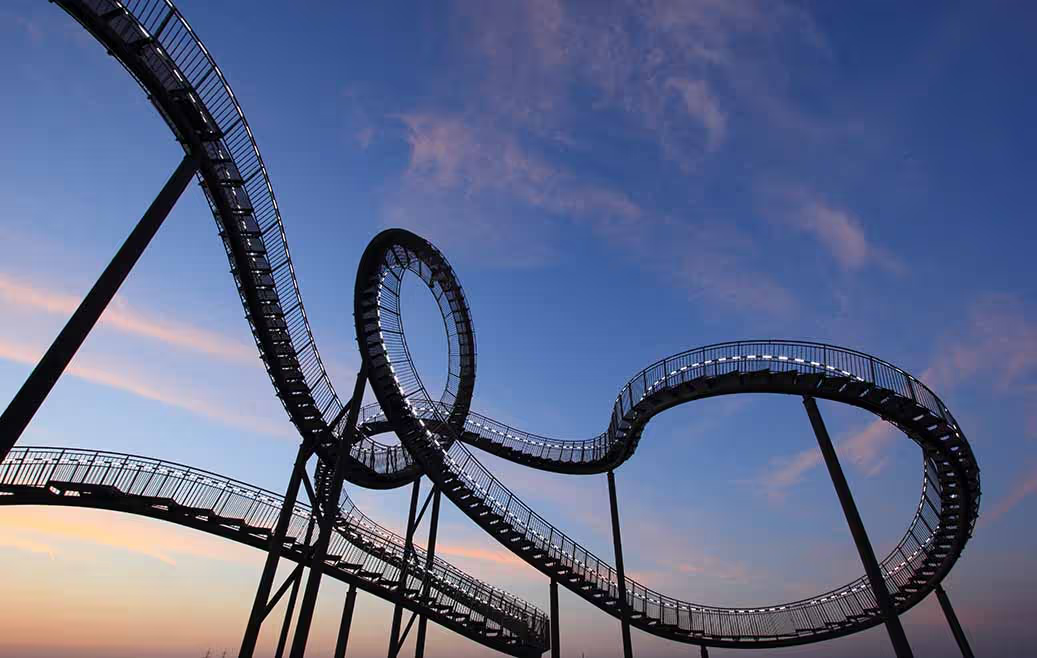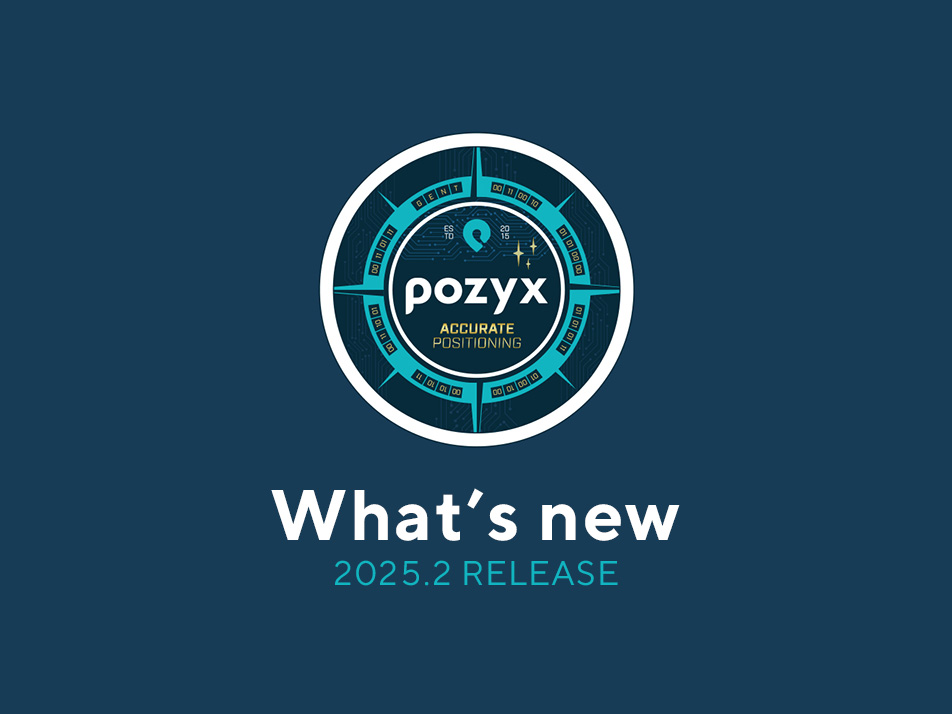Pozyx and omlox - a match made in location tracking heaven
Pozyx is contributing member and early adopter of omlox - the open and internationally recognized standard for Real-Time Location Systems (RTLS). Pozyx supports the omlox ambition to achieve the common goal of creating an integrated RTLS technology ecosystem that supports data from different location technologies and interoperability within the UWB-based locating zone.
RTLS and omlox to track any asset in manufacturing
RTLS (real-time location system) solutions are introduced in Industry 4.0 environments to provide valuable insights into where assets are and how they move and behave. Assets can be defined as any asset in manufacturing such as pallets, forklifts, AMRs and orders in any stage of the production or assembly process. But also operators, equipment and tools can be tracked and traced to monitor efficiency and guarantee safety and increase productivity.
How does an RTLS work?
A typical RTLS collects location data and uses analytics to translate the data into valuable and business-optimizing insights. That seems simple enough, but to understand the full scope, the following 3 elements should be considered:
Different RTLS location technologies
Different location technologies provide differently specified location data. While UWB is optimized for indoor and highly accurate positioning, GNSS/GPS provides coverage over a wide area on a global scale, but compromises on accuracy. All location technologies come with pros and cons and the technology of choice will be defined by the use case for which the location data will be used.
As an example, it makes sense to require the cm-accuracy of UWB to trace an expedite order on the production floor, but the low accuracy of GPS data will be sufficient to track the truck once the order leaves the factory.
Hence, the omlox approach for retrieving location information from a wide variety of positioning technologies, such as UWB, RFID, 5G, BLE, WiFi, and GPS. By collecting the data in a unified way, omlox enables application builders to only consider data input through a single API and not having to worry about the underlying location technologies used.
Real-time data requirements
Real-time is a vital part of the RTLS. The system not only collects location data, but also the timestamps that are linked to them. RTLS solutions, which are used to track and trace assets, need the combination of location with timestamps to provide contextual positioning data that can be used by analytics to make knowledgeable decisions.
Depending on the technologies used, the update rate will define the use case feasibility. Not every RTLS solution will need the same granularity or require instant update rates. For example, an AMR (autonomous mobile robot) not only needs cm-accurate location input but also at a high update rate to guarantee safety for his mobility in the production area. High update rates will also be applicable for forklift tracking to avoid collisions and reroute to stay clear of moving obstacles. For other manufacturing RTLS applications like order tracking or tool localization, the update rates are less critical – locating assets works well enough with a 5-second update rate.
omlox makes RTLS future-proof
Technologies only endure when they are backed by a robust, quality-driven infrastructure that enables rapid expansion. Especially wireless technology prospers under the efforts of standardization bodies endorsed by the support from the large players and disruptive innovators.
omlox is a technology standard for RTLS that enables the provision of location data, independent of technology and manufacturer. Partnering with the omlox industry standard for RTLS provides freedom to select components or solutions from different vendors to interoperate, creating future-proof solutions.
Stay in the loop!
Stay up to date with the latest Pozyx and Industry news on Real-Time Location Tracking. Don’t miss out! No spam, promise.
Yes, sign me up
The power of omlox
The strength of the omlox standardization comes from its members, partners and community who contribute to the standard with technological expertise combined with insights on challenging use cases. omlox provides a great environment that propagates the use of interoperable locating systems and enables easy integration of different location technologies and applications. Combining UWB technology with GPS, BLE or 5G will support both indoor and outdoor use cases and allow a seamless transition from the different connectivity solutions used. With smart manufacturing RTLS solutions backed by the omlox standard and different technologies, each injecting optimized location data to fuel the RTLS, the addition of new use cases that run from the same infrastructure will soon become a reality. And that is the strength of the omlox standard and its vibrant ecosystem.
Why Pozyx chose omlox: a tale of precision and performance
Initially, Pozyx focused on UWB technology for indoor positioning. By adding outdoor tracking capabilities to locate and identify assets throughout all stages of production and transport, Pozyx is able to cover their full journey.
Statement of Samuel Van de Velde, Pozyx Founder & CTO
The omlox multi-technology approach propagates the use of interoperable locating systems and enables easy integration of different location technologies and applications. Contributing our knowledge and expertise in Industry 4.0 solutions will help the vibrant omlox ecosystem to flourish in the future. As RTLS continues its record uptake in the industrial space, the Pozyx Platform is fueling more diverse and innovative use cases, tackling real concerns in operations, manufacturing, and supply chain. We believe that participating in the omlox standard will push mass adoption and interoperability.
Multi-location-technology support
The Pozyx Platform is based on the omlox hub where location data from UWB, 5G, RFID, WiFi, Bluetooth, and GPS converge. Independent of technology and manufacturer, the data is made available to other applications via standardized APIs. Users and application builders only need to consider a single API and do not have to worry about the underlying technologies used.
The platform offers a seamless indoor/outdoor transition with zoom-in from a worldwide map to a detailed indoor map, showing highly accurate locations, up to 10cm precise. It has an open architecture with flexible interfaces for smooth integration with ERP, MES, and WMS. A full set of industry-specific analytics and dashboards make the collected data actionable for operational purposes.
Conclusion
In short, the omlox RTLS standardization can help manufacturers to identify efficiency and productivity gains by providing real-time visibility into the movement and location of materials and equipment, allowing for more efficient use of resources and ultimately leading to cost savings. But what’s more, the omlox standard makes RTLS future-proof, it adds interoperability and avoids vendor lock-in.











